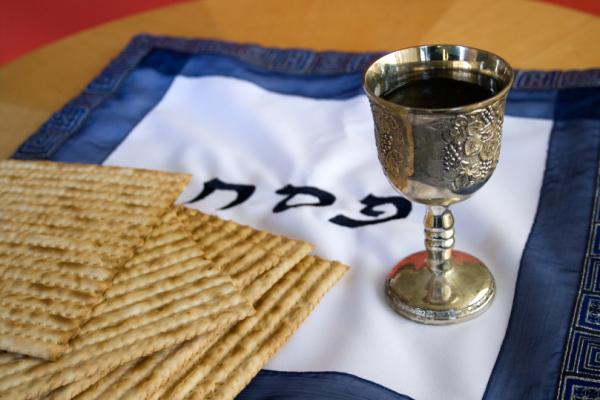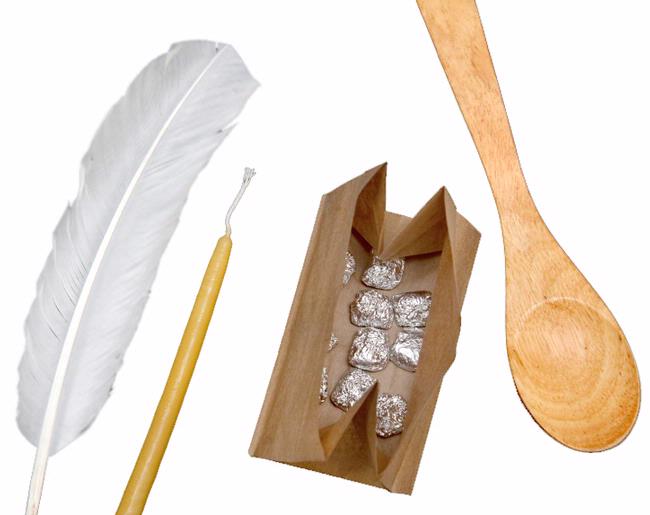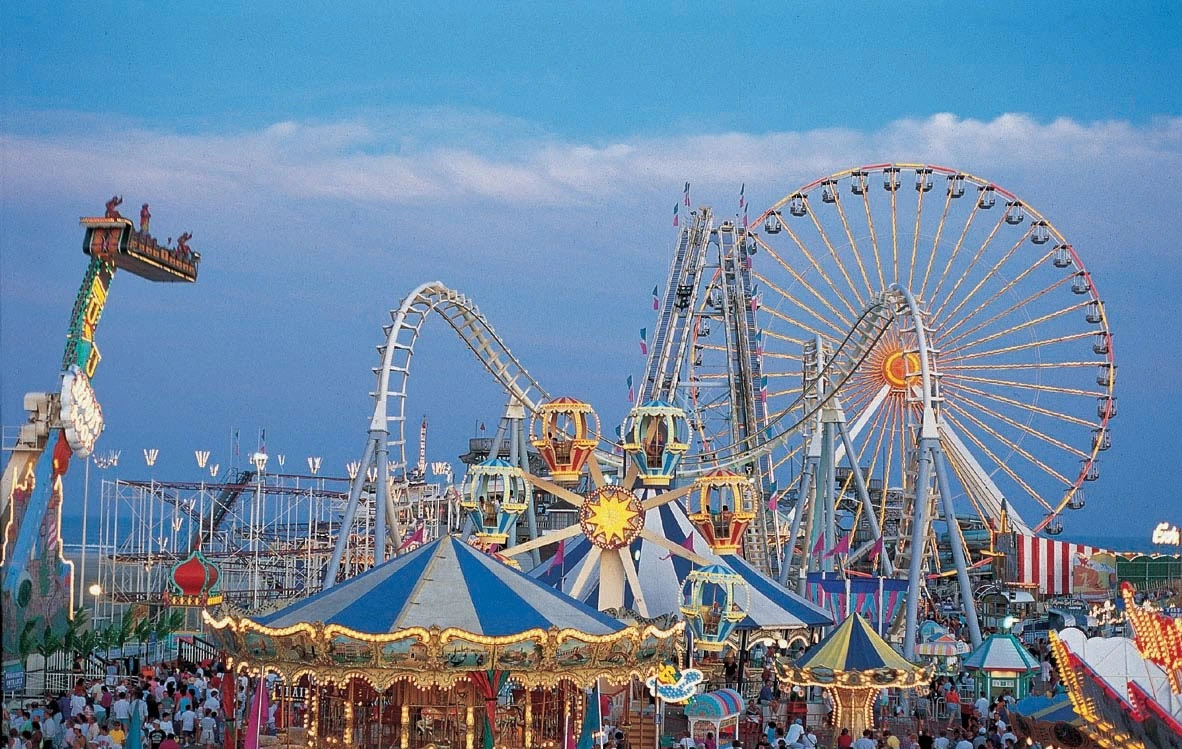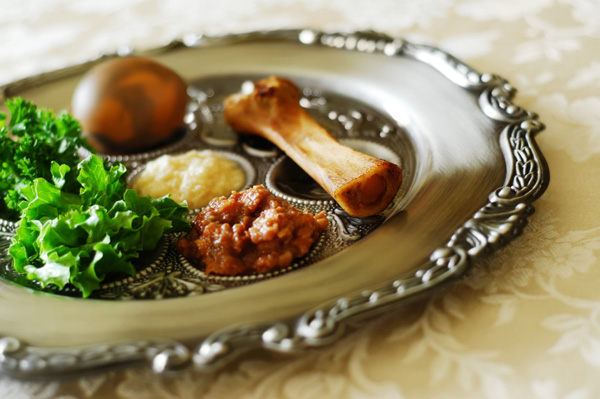What is Passover?
Passover is an 8 day long Jewish holiday commemorating the exodus of Egypt and celebrating our freedom. On Passover, it is forbidden to own or eat any leavened bread or grain, and Jews eat matzah, (a traditional cracker if you’re Ashkenazi, and pita if you’re Sephardi) made only of flour and water and kneaded and baked in less than 18 minutes. Ashkenazi jews don’t eat kitniyot – like beans, rice, and quinoa – because it looks like grain and some grain might mistakenly get into it. Sephardi Jews eat kitniyot on Pesach, but sort and check it very well. Passover is kept on the 14th day of the month of Nissan, which generally falls out to be in the spring in the Northern Hemisphere.

When is Passover 2016?
Passover 2016 begins at sunset on Friday, April 22 and ends in the evening of Saturday, April 30. Below is a list of dates and times for Passover 2016:
Bedikas chametz
When is Bedikas chametz 2016?
Bedikas chametz is Thursday, 13 Nissan, or April 21, 2016
Search for chametz after sundown.
What is bedikas chametz?
Bedikas chametz is generally done the evening before the first night of Passover. The head of the household goes from room to room, using a candle, feather, and wooden spoon to inspect all corners and crevices for traces of chametz. Traditionally, 10 pieces of bread are double wrapped and hidden in different places around the house for the “inspector” to find. This is done so that the bracha one makes before starting the search, “Al Biur chametz,” on burning any chametz found, should not have been made in vain (on the very likely possibility that he will not find any other chametz, as the house has been thoroughly cleaned of it for Passover).

How to do bedikas chametz:
The head of household makes this brocha Blessed are You, Lord our God, King of the Universe who has sanctified us with His commandments and commanded us to leaven skin Atta Hashem Elokeinu Baruch Melech HaOlam Asher Kideshanu BeMitzvotav VeTzivanu Al Biur Chametz and Then starts His search. When he has completed His inspection, he recites the Following: “Kol hamira Hmiaa Daica possession, estate facade and Real remark in Lbtil and Hoi An abandoned negated the earth” meaning “All chametz or leaven in my possession that I have not seen, and have not destroyed, shall be nullified and become ownerless, like the dust of the earth. “
He then places all chametz he found in a safe place to be burned the following day.
Chazal teach us that chametz symbolizes bad character traits. Now, when we clean the house of chametz for Passover, is a fitting time to inspect our hearts and souls as well and resolve to do only G-d’s will.
Sof Zman Achilas Chametz
The latest time for eating chametz is the morning before Passover, approximately 4 hours after sunrise.
Click here (chabad.org) to obtain the precise time for your location.
Past this time, is it forbidden to eat chametz until the close of the festival in eight days. You still have one more hour in which you can use chametz for non-eating purposes, and handle the chametz in order to sell it or destroy it.
Source: chabad.org
S’reifas chametz
What is sreifas chametz?
S’reifas chametz is the burning of the chametz still in one’s possession by the morning before Passover.

Halachos of S’reifas Chametz
On the morning before Passover, in the fifth hour of the day (calculated from sunrise), one should make a special fire and burn the chametz and nullify it.
For the nullification of the chametz say:
“All leaven and anything leavened that is in my possession, whether I have seen it or not, whether I have observed it or not, whether I have removed it or not, shall be considered nullified and ownerless as the dust of the earth.”
The ten pieces (that were hidden and found the previous evening) are to be burnt, and the following is said during the burning of the chametz:
“May it be Your will, Lord, our G‑d and G‑d of our fathers, that just as I remove the chametz from my house and from my possession, so shall You remove all the extraneous forces.
Remove the spirit of impurity from the earth, remove our evil inclination from us, and grant us a heart of flesh to serve You in truth.
Make all the sitra achara, all the kelipot, and all wickedness be consumed in smoke, and remove the dominion of evil from the earth. Remove with a spirit of destruction and a spirit of judgment all that distress the Shechina, just as You destroyed Egypt and its idols in those days, at this time. Amen, Selah.”
Sof Zman Sreifas chametz
The latest time to burn the chometz is 5 hours from sunrise.
Click here (chabad.org) to obtain the precise time for your location.
Passover Seder:
At the Passover Seder, we follow a set of activities listed in the haggadah to commemorate the exodus.
We recite kiddush, wash our hands, dip veggies in salt-water to remind us of the sweat and tears of Jewish slaves in Egypt and recite the haggadah shel pesach.
We tell the story of Pesach, eat matzah, maror, a Passover meal with delicious Passover food, and of course, the afikomen.

First Passover Seder Night
The first Passover seder 2016 is Friday, April 22. Pesach starts 18 minutes before sunset. Click here (chabad.org) to obtain the precise time for your location.
Second Passover Seder Night
The second Passover Seder is only conducted by Jews who are not permanent residents of Israel. It is kept by such Jews even if they are temporarily visiting Israel (where nobody else keeps this seder), and is not kept by permanent residents of Israel even if they are visiting a country out of Israel.
The second Passover Seder is condued the night after the first.
For more information on why Israeli Jews keep only 1 Seder while other Jews keep 2, visit this link on Chabad.org: http://www.chabad.org/library/article_cdo/aid/527614/jewish/Why-Do-We-Still-Celebrate-Holidays-for-Two-Days-in-the-Diaspora.htm
Israeli Jews do not keep the second day of Passover like Shabbos and Yom Tov, but they observe it like the days of Chol Hamoed instead.
Chol Hamoed
The next four days of Passover are called Chol Hamoed. (In Israel, Chol Hamoed starts on the second day and lasts for 5 days.)
While the first two and last two days of Passover are full-fledged holidays, with laws similar to Shabbos, when we are prohibited from creative work, Chol Hamoed is considered a “weekday holiday” and we are permitted to do many of these activities. However the special mitzvos of the holiday are equally observed on Chol Hamoed (we don’t eat chametz and we say hallel), and we still try to avoid writing, doing laundry, going to work, and certain other activities. The days of Chol Hamoed also include the mitzvah to be joyous and celebrate; some wear holiday clothing.
See chabad.org for more information. http://www.chabad.org/holidays/JewishNewYear/template_cdo/aid/1000452/jewish/Chol-Hamoed.htm
Many families find Chol Hamoed to be a perfect time for fun family outings. On these days, parks, museums and zoos are often full of Jewish families enjoying the holiday.
Ideas for Chol Hamoed Outings



- Park
- Zoo
- Beach
- Hiking
- Biking
- Boating
- Visit a theme park or museum
- Spending Family Time :)
Shvi ‘Achron and Shel Pesach
When are the last two days of Pesach 2016?
The last part of Passover 2016 starts at sunset on April 28th and ends in the evening of April 30th.
What are the last two days of Passover?
The last two days of Passover celebrate and commemorate the splitting of the Red Sea for the Jews as they left Egypt.

